Imaging of sacroiliitis: Current status, limitations and pitfalls
- PMID: 30976556
- PMCID: PMC6414763
- DOI: 10.21037/qims.2018.11.10
Imaging of sacroiliitis: Current status, limitations and pitfalls
Abstract
The clinical need to diagnose sacroiliitis at an earlier stage has led to the sacroiliac joints being more frequently imaged, particularly with magnetic resonance imaging (MRI). This review outlines the imaging approach to sacroiliitis, emphasizing the imaging protocols, diagnostic criteria, limitations and potential mimics of MRI examination. The value of imaging-guided intervention in sacroiliac joint disease is also briefly outlined.
Keywords: Sacroiliitis; imaging; magnetic resonance imaging (MRI); sacroiliac joints; spondyloarthritis (SpA).
Conflict of interest statement
Conflicts of Interest: The authors have no conflicts of interest to declare.
Figures

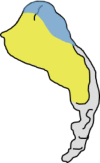

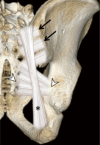
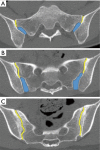










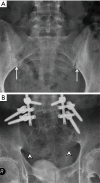




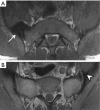









References
-
- Sieper J, Rudwaleit M, Baraliakos X, Brandt J, Braun J, Burgos-Vargas R, Dougados M, Hermann KG, Landewé R, Maksymowych W, van der Heijde D. The Assessment of SpondyloArthritis international Society (ASAS) handbook: a guide to assess spondyloarthritis. Ann Rheum Dis 2009;68 Suppl 2:ii1-44. 10.1136/ard.2008.104018 - DOI - PubMed
-
- Peláez-Ballestas I, Navarro-Zarza JE, Julian B, Lopez A, Flores-Camacho R, Casasola-Vargas JC, Sanin LH, Rivas L, Vázquez-Mellado J, Burgos-Vargas R. A community-based study on the prevalence of spondyloarthritis and inflammatory back pain in Mexicans. J Clin Rheumatol 2013;19:57-61. 10.1097/RHU.0b013e3182862e65 - DOI - PubMed
Publication types
LinkOut - more resources
Full Text Sources
Other Literature Sources
